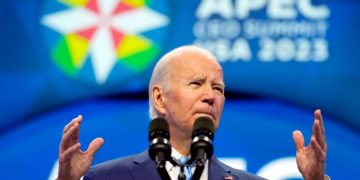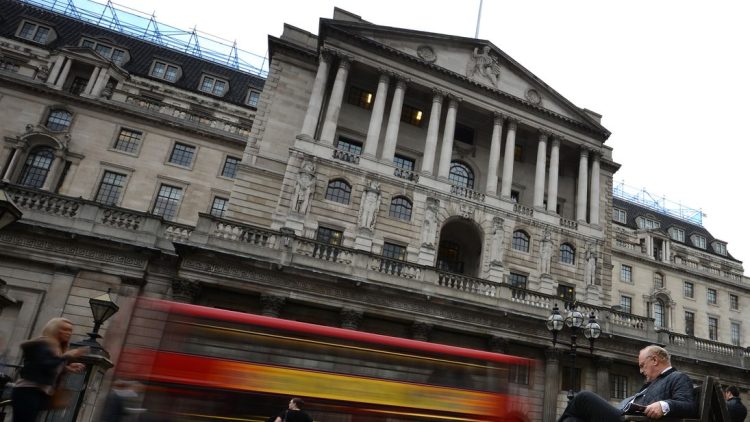Economic Policy and Market Response
In early August, the Bank of England made a significant decision to lower the base interest rate by 25 basis points, bringing it down from 5.25% to 5%. This marks the first interest rate cut by the Bank since March 2020, aligning with market expectations. Continued tightening of monetary policy by the Bank has successfully kept inflation in check, with the UK’s Consumer Price Index (CPI) maintaining a year-on-year increase of 2% in both May and June.
Recent Economic Measures and Impact
Over recent years, the Bank of England has consistently hiked the base interest rate to combat inflation, raising it to 5.25% through 14 consecutive increases from December 2021 to August 2023. However, starting from August 2023, the Bank refrained from further hikes or cuts, keeping the rate steady for nearly a year. Economic forecasts released alongside the interest rate decision showed the Bank’s prediction of a 1.25% GDP growth in 2024, upgraded from the 0.5% projected in May. The forecast for 2025 remains at 1% growth, with 2026 expected to see a 1.25% increase.
Inflation Outlook
The Bank projects an inflation rate of 2.4% for the next year, slightly lower than the 2.6% forecasted in May. In two years, the inflation rate is expected to be 1.7%, down from the previous estimate of 1.9%. By three years, it’s projected to drop to 1.5%, compared with the earlier 1.6% forecast.
Analysts’ Reactions and Future Projections
This unexpected 25 basis point cut was surprising, especially considering the accelerating wage growth. Nonetheless, most analysts predict that the Bank could implement one to two more rate cuts in 2024 and additional cuts in 2025. The August cut, while significant, does not indicate a shift towards sustained monetary easing. Rapid wage increases and persistent high inflation in the services sector make some members of the Bank cautious about further cuts.
Policy Deliberations and Governing Body’s Stance
The Bank of England’s statement revealed a split decision among its monetary policy committee members, with five members voting for the cut and four against, preferring to keep rates unchanged. Bank Governor Bailey emphasized the necessity of maintaining low inflation while ensuring that rate cuts are not too quick or excessive. The August cut added the UK to the global trend of lowering rates, supporting the Labour government’s commitment to economic growth.

Fiscal Policies and Economic Recovery Plans
The newly elected Labour government, led by Keir Starmer, returned to power after 14 years with a mandate to revitalize the economy. Despite winning on a wave of popularity, the government faces challenges in stimulating economic recovery. Recent statements stressed the UK’s precarious fiscal situation, with the Chancellor Rishi Sunak working to restore growth and address the party’s promise of filling a public finance gap of £220 billion (approx. $280 billion).
Budget Plans and Fiscal Adjustments
Sunak announced measures to reduce spending by £55 billion this year and over £80 billion next year to bridge the deficit. The government will release its first budget plan on October 30, with new tax and spending policies. Sunak mentioned reassessing plans for 40 new hospitals and adjusting healthcare department reforms to save £10 billion by the end of the next year.
Corporate Sector’s Response
The business community welcomed the rate cut, which alleviates some pressure from the prolonged tight monetary policy that had increased operating costs and stifled investment enthusiasm. Consequently, the rate cut is expected to encourage investment and faster economic growth. Lower borrowing costs might enhance corporate investment activity.
Upcoming Economic Expectations
Despite the Bank’s decision to cut rates now, cautious optimism persists about long-term inflation trends. Market institutions widely anticipate another rate cut before the end of the year. Reflecting these dynamics, the Bank is expected to maintain the current interest rate in September, with another potential 25 basis point cut in November. The UK’s Economic Forecasting Institute projects the base interest rate dropping to 4.75% by year-end, aligning with the British Chamber of Commerce’s expectations.
Monitoring Global Impacts
The Chamber highlighted persistent upward pressure on international trade and commodity prices. Thus, the Bank will closely monitor global developments. By year-end, the base interest rate is expected to fall to 4.75%, while caution about further cuts continues to prevail.

































